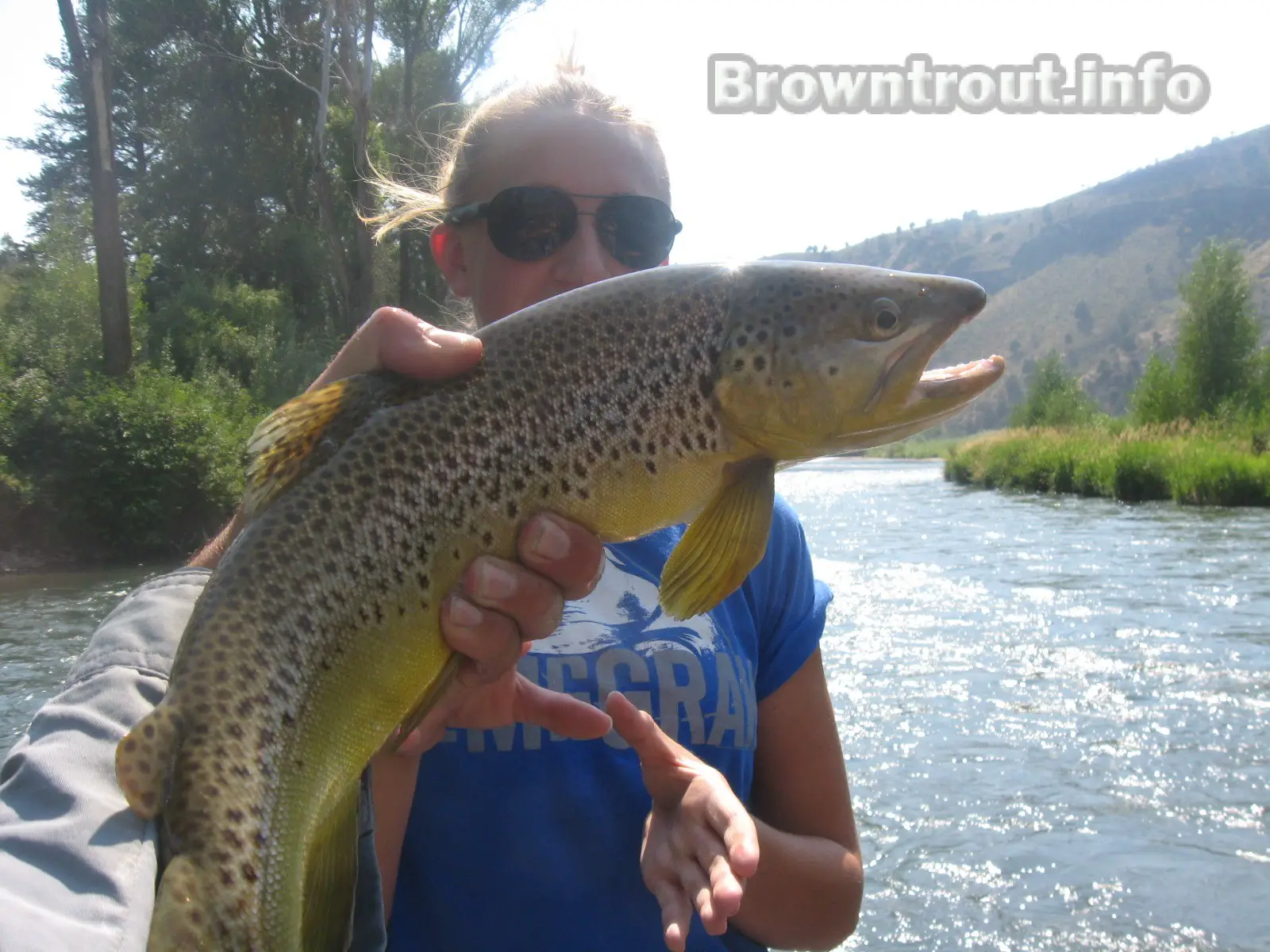This post was last updated on April 4th, 2014 at 01:22 am
Trout Fishing Tips for the Fly Fisherman
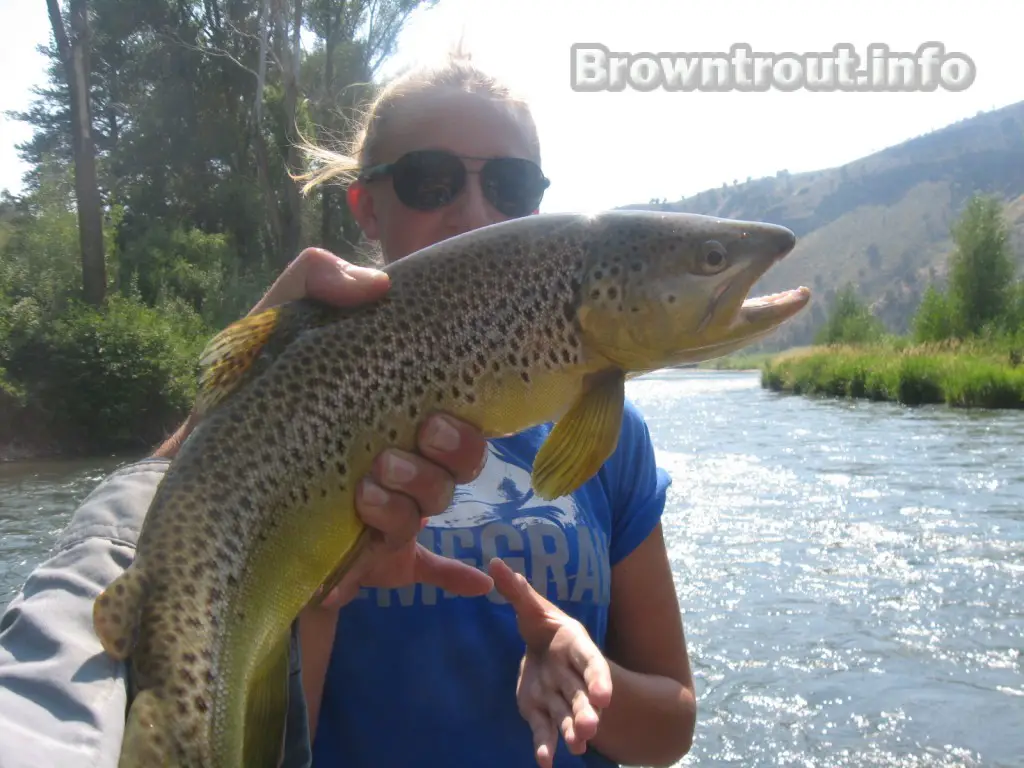 If you have ever been on the river and had a hard time hooking trout, you are not alone. We have all been there at one time or another. Here is a list of things to try to increase your fly fishing catch rate. Fish are almost always feeding, so if you employ some of these strategies each time you have a hard time catching them, I can assure you that your cast to catch ratio will stay within acceptable parameters :)
If you have ever been on the river and had a hard time hooking trout, you are not alone. We have all been there at one time or another. Here is a list of things to try to increase your fly fishing catch rate. Fish are almost always feeding, so if you employ some of these strategies each time you have a hard time catching them, I can assure you that your cast to catch ratio will stay within acceptable parameters :)
If you find that you are not hooking many trout you can concentrate your efforts on fishing different types of water than you normally do. If you would usually fish a large riffle area, maybe you should consider fishing the deep slow pool on the other side of the river? The trout do move around, especially with fluctuating conditions such as water temperature. What was a good hole yesterday, may no longer have feeding fish in it. If you are having trouble getting fish, follow the trout fishing tips- fly fishing trouble shooting manual below.
Do You See Any Trout Rising?
If you do, you should do your best to catch one of the insects that they are feeding on. If you can isolate the insect you will be able to “match the hatch” and start hauling in huge numbers of fish. There are several ways to do this, here is a list of ways to capture an insect to find out what the trout are feeding on.
- Think like a fish: Walk over and sit in a foam line or trout feeding lane. The trout sit in these spots for a reason, because they supply them with a steady source of flies to eat. Within a couple minutes of watching a likely insect funnel you will most likely have identified what the fish are eating and you will be ready to catch them.
- Use a net to strain the surface of the water. This will easily catch you some of the trout flies that are coming down river that the fish are feeding on.
- Run around like a maniac trying to catch one of the flies in the air. I have partaken in this event on several occasions, and I am always looking over my shoulder to make sure nobody is watching. This is a sure fire way to make yourself look like an idiot on the river, even though it is a fairly effective means to finding the fly that the fish are eating.
- Maybe they are eating emerging flies: If you cannot find any flying insects on the surface you might be looking at a situation where emerger patterns might be the ticket. Trout will be eating emergers in a similar fashion to eating dry flies, sometimes it’s hard to tell if they are feeding on the surface or just below. You should be able to identify emerging insects by using a seine or net (as mentioned above) or by watching very closely in a little bit slower water.
No, I Don’t See Any Fish Feeding on the Surface:
Sweet! You have eliminated 50 percent of what the trout could be feeding on. Here you have a couple of trout fishing tips you can try to make sure you start hauling in trout left and right:
- Look for nymphs crawling on rocks on the shoreline: Stoneflies will often emerge as adults by crawling onto rocks to hatch. The will have visible shells or shucks on the dry parts of rocks. If you see these, they could potentially be old; so you will have to experiment by fishing with similar sized flies.
- Turn over rocks in the river bed to find nymphs and larvae: If you spend a few minutes flipping rocks you are bound to identify some sort of nymphs that are present in the river. Tie on a similar color and size fly and hopefully you will start enjoying multiple catches until your arms are sore from fighting all the fish.
I Cannot Find Any Nymphs and the Trout Aren’t Visibly Feeding on the Surface:
Don’t forget, the fish have not taken the day off from eating, there is something you can present to them that they will eat. So now is the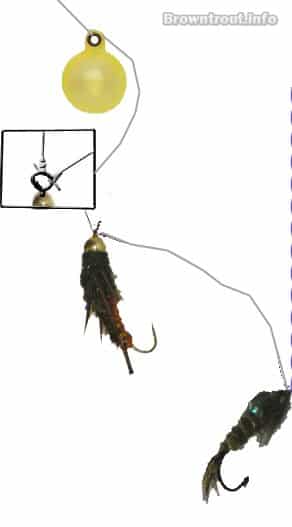 time to bring out the big guns. Grab a strike indicator and tie on as many nymphs as legally allowed in your area. This might sound a little crazy, but all you need to do at this point is to isolate one fly that one fish will eat. It might be that crazy little red flashy fly that you have always assumed was worthless. Tie it on and try! Use the multiple nymph rig technique and lambaste that hole! Keep trying different nymphs until you catch a fish.
time to bring out the big guns. Grab a strike indicator and tie on as many nymphs as legally allowed in your area. This might sound a little crazy, but all you need to do at this point is to isolate one fly that one fish will eat. It might be that crazy little red flashy fly that you have always assumed was worthless. Tie it on and try! Use the multiple nymph rig technique and lambaste that hole! Keep trying different nymphs until you catch a fish.
Finally, I Have Managed To Land a Trout on Some Whacked out Nymph!
(If not, you can move below to the next section)
If yes, read on:
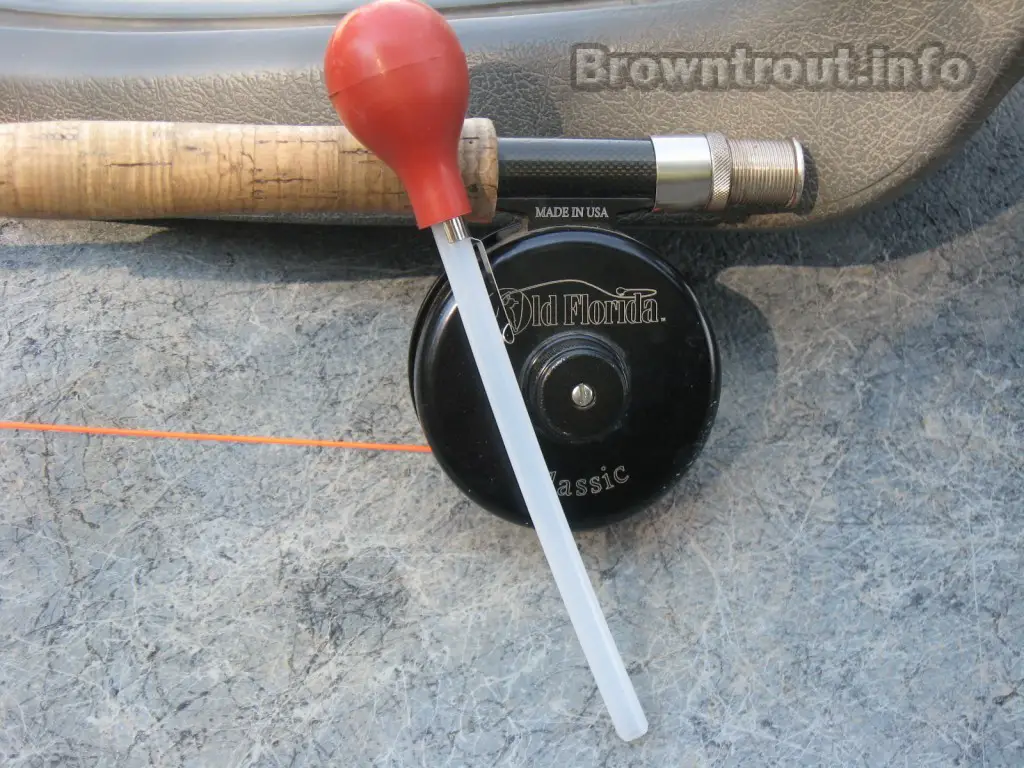 OK, so you now have a real live trout in your presence, what are you going to do now to make this trout help you catch more? Pump it Baby! You have probably seen the trout stomach pumps before right? They are similar to small turkey basters and will allow you to gently extract the contents of the trout’s stomach to identify what exactly they have been feeding on. They are totally harmless to the fish (other than taking their hard days feeding effort away). Once you isolate a specimen from the trout, you will hopefully have a similar fly in one of your boxes to replicate it. If these fly fishing tips haven’t worked yet, you still have a chance to hook fish. Keep reading..
OK, so you now have a real live trout in your presence, what are you going to do now to make this trout help you catch more? Pump it Baby! You have probably seen the trout stomach pumps before right? They are similar to small turkey basters and will allow you to gently extract the contents of the trout’s stomach to identify what exactly they have been feeding on. They are totally harmless to the fish (other than taking their hard days feeding effort away). Once you isolate a specimen from the trout, you will hopefully have a similar fly in one of your boxes to replicate it. If these fly fishing tips haven’t worked yet, you still have a chance to hook fish. Keep reading..
I Cannot Catch Any Trout, Not Even After Pounding My Best Spots With Every Nymph I Own:
Fear not, our trout fishing tips are not yet exhausted. How is the water color? Is it stained and high after a huge rain or spring runoff? This is a common situation in some areas and there are fly patterns that will work here. High water will erode banks and heavy rain will get the worms and night crawlers moving. No I am not going to tell you to dig up some worms (even though that would probably work) Use the San Juan Worm! You should have some of these already in red and pink, if not you need to go hit the vice and tie some up. They make for a great last resort fly and have saved the day for me many occasions. These can become a number one fly for high/dirty water conditions.
UHHG, I Can’t Even Catch Fish On a San Juan Worm.. Now What?
Streamers! These are known for working splendidly in high and dirty water. In this case usually black is a good choice, but you should try several until you have exhausted every possibility. If the fish are not eating large streamers, you should also try some very small versions as well. Usually I will start big and heavy and work my way down to smaller flies. If you find a streamer that the fish are showing some interest in (such as flashing them or following without hitting) that is a good sign that you are on the right track. If they are flashing and following, you should stick with the same color configuration but downsize. Often times a smaller size will be just what it takes to convince sluggish trout to commit to eating.
Try Multiple Species:
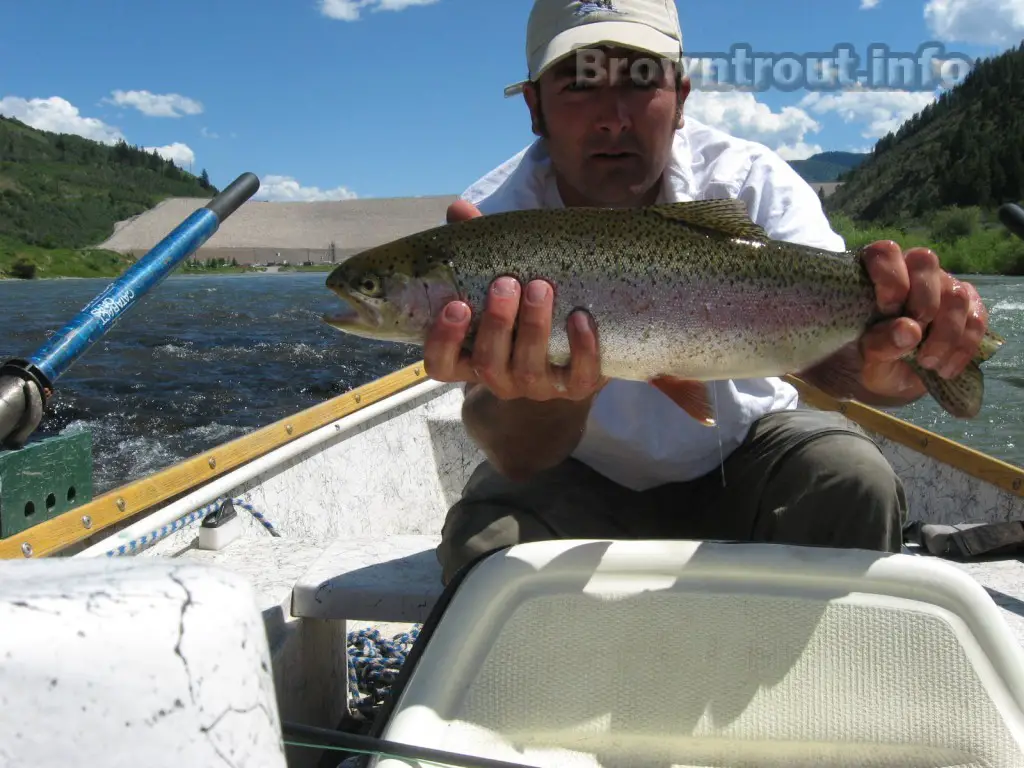 Brown trout will generally hold in different areas than rainbows and cutthroat trout. I have noticed on certain days that rainbows will be eating like crazy, but the brown trout won’t eat a thing. The same can be said for brook trout and every other trout species. If you decide to target specific species, you might have a better shot at turning your tough day fishing into a success.
Brown trout will generally hold in different areas than rainbows and cutthroat trout. I have noticed on certain days that rainbows will be eating like crazy, but the brown trout won’t eat a thing. The same can be said for brook trout and every other trout species. If you decide to target specific species, you might have a better shot at turning your tough day fishing into a success.
If you find that rainbow trout will eat, but the browns won’t, this should be your game plan (if it applies to your situation). This is a general scenario. Trout will sometimes hold in different water types, depending on what is available in your body of water.
- Target only likely areas for rainbow trout: This will usually include fast water around large boulders.
- There are certain colors of nymphs that I have found to be particularly attractive to rainbows, such as pink and red. You can use these flies in areas that you know hold rainbow trout to increase catch rates.
Modify the above scenario to target known holding areas for the species you decide to give your attention. If only one species of trout is feeding regularly on a certain day, you can save a lot of time by only going after said species.
Summary:
This is a culmination of my 30 years spent fly fishing for trout. I offer some of my best trout fishing tips above. If this information does not help you to catch more fish, I am not sure I can help you. There are some days where the trout really aren’t feeding very much and you just cannot do anything about it. By employing these tips throughout the years I cannot think of a time where I was skunked in the last 15 years, however it is possible that I just blocked the memory of those fish free days..

